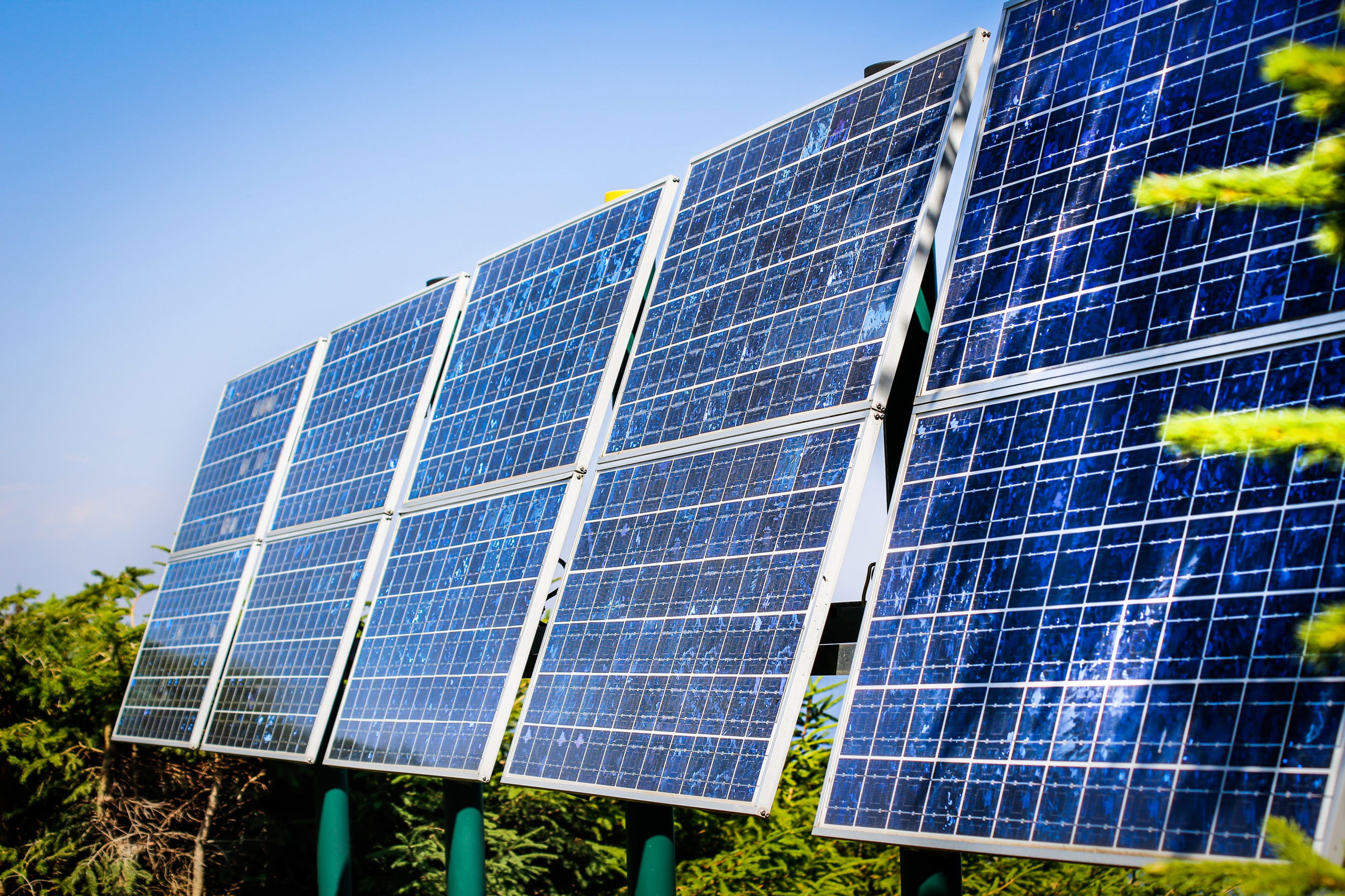Decarbonisation
UEC Energy Decarbonisation Strategy for Client Organisations
Decarbonisation strategy sets out how industry can decarbonise in line with net zero while remaining competitive and without pushing emissions abroad. A significant number of events have occurred in the past few years that has led governments and industry to rethink the path to the future. Read more Industrial Decarbonisation Strategy
Recent events include COP26 where the UK has set one of the most ambitious targets in the world with a plan to slash emissions by 78% by 2035 compared with 1990 levels. However, this ambitious target cannot be achieved without positive action from the business community.
In addition the volatility of energy prices has given significant cause for concern as the operating costs and production costs for all businesses will increase significantly and we can be certain that volatility is set to become normality for decades to come.

What is decarbonisation?
By definition, decarbonisation is the process of removing or reducing all man-made carbon emissions, with the goal to eliminate them altogether – reaching net-zero emissions. According to the Oxford dictionary, “decarbonisation is the process of replacing fossil fuels with fuel that is less harmful to the environment”. In that sense, decarbonisation is achieved by implementing low-carbon technologies and energy sources (e.g. renewable energies, regenerative agriculture, electrical grid, hydrogen).On the other hand, a decarbonised economy or “low-carbon” economy is the conversion to an economy using low-carbon energy sources, reducing the amount of greenhouse gas emissions (GHG) released in the atmosphere. Decarbonisation is often applied to a country’s economy and is achieved by targeting the most carbon-intensive industries in this specific country and finding innovative solutions to cut carbon emissions.
Call to Action by protecting profitability and investment in the future
At UEC Energy has developed a corporate decarbonisation strategy that can fit all business sizes and industry types. We have purposely removed all of the fluff and focused on actions that deliver tangible results. Our eight-point action plan includes:
- Benchmarking the business as it is today – assessment of energy use including where energy is being used, how energy use is measured, processes and procedures for the utility of energy.
- Assess what can be achieved with today’s technology – assessing what can be accomplished through the adoption of renewable energy, energy monitoring, metering and control at asset level and what can be actioned immediately.
- Assess if the business leadership is serious – if the board of directors and shareholders are serious about building a business fit for the future, then set aside a three-phase budget, ring-fenced and untouchable by other demands. Directors to sign a contract committing the funds.
- Measure and manage the base load as a priority – Before any shiny new technologies get installed, the measurement and monitoring infrastructure must be implemented. This includes a web-based energy monitoring system that provides real-time information on the areas where energy is being used. This will require clamp meters and hard-wired controllers. If the directors cannot commit to this first-step then we can be certain that the rest of the project will not even start.
- Get a grip of all areas of energy use and match the perfect solution – so once we know where the energy is being consumed, we can assess the best viable replacement option using a renewable energy source. There are some incredible solutions out there, you just need to know they exist, don’t be afraid to be ambitious.
- Carry out a full assessment and feasibility study for each match – This is the critical part as it is the de-risking of the proposed solution. We have to be sure that the renewable option can be managed without impacting the operational goals of the business. This means assessing the need for backup systems and ensuring they are sized appropriately. Do not expect this part to be free, you need to pay for this level of engineering feasibility.
- Stand back and review the plan – Making no decision is far less risky than making a decision. But no decision will set the business back massively in the near term as energy costs risk and supplies become less stable. Be brave, make a decision to embrace the future. You should have enough data, evidence and calculations to be confident with the proposed programme. If not, re-calculate and re-assess until, you are sure.
- Implement the decision to proceed – This is the stage where leaders shine. Be the one who leads the business into the future. Aiming for decarbonisation is no straightforward exercise but once you have implemented you will be hailed the hero.
So how does UEC Energy get involved?
We get involved from the moment you call us and ask for help. Our job is to lead you through all eight stages, helping to implement each stage and to be your expert adviser, project manager, and technical solution procurer.
Our job is to ensure best fit, maximum results with minimal risk. Our assurance to support you is measured by our client’s level of investment in our ability. If you require us to ‘have a chat’ we can do that, but we know that step one won’t even start. If you ask us to work with you as an integral part of the project through a retained service for the duration, we know that you will reach stage eight. Our reputation is based on your success and with over 600 client projects in seven years you can be sure of success.
To find out more and to make that initial call, contact us